"The government must realize that the cost of environmental damage and health impacts from transportation emissions is far more expensive than the rupiah value of the current incentives," Fabby said in a written statement on Saturday, January 3, 2026.
Read more at Media Indonesia
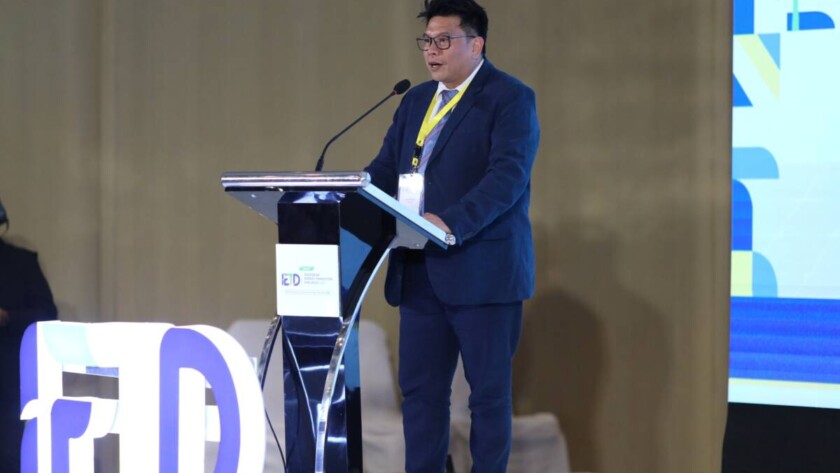
Jakarta, December 19, 2025 - Coordinating Minister for Economic Affairs Airlangga Hartarto stated that electric car incentives will not be extended in 2026. The government plans to divert the incentive budget to support the national car program. The incentives that will not be extended include the import duty exemption for electric vehicles in the form…
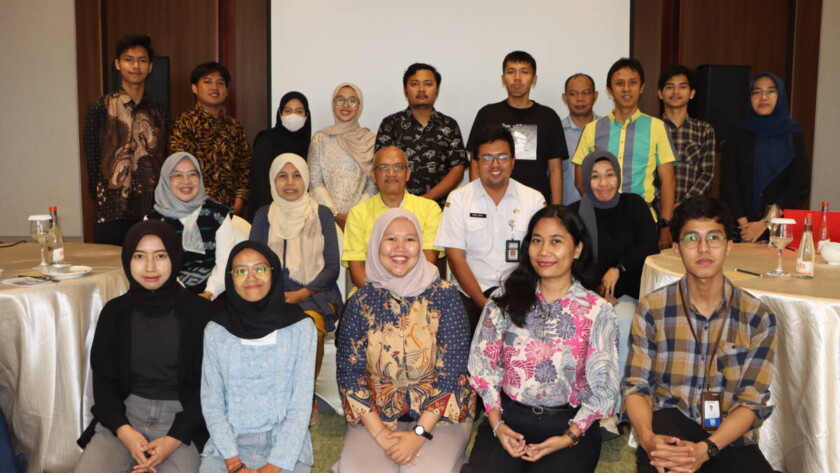
Semarang, November 28, 2025 – Central Java is at a critical juncture in its journey toward future energy. Amidst the constantly growing need for electricity, the province holds a vast opportunity to become a center for renewable energy development in Indonesia.
Sodi Zakiy Muwafiq, a Geographic Information System (GIS) Analyst at the Institute for Essential…
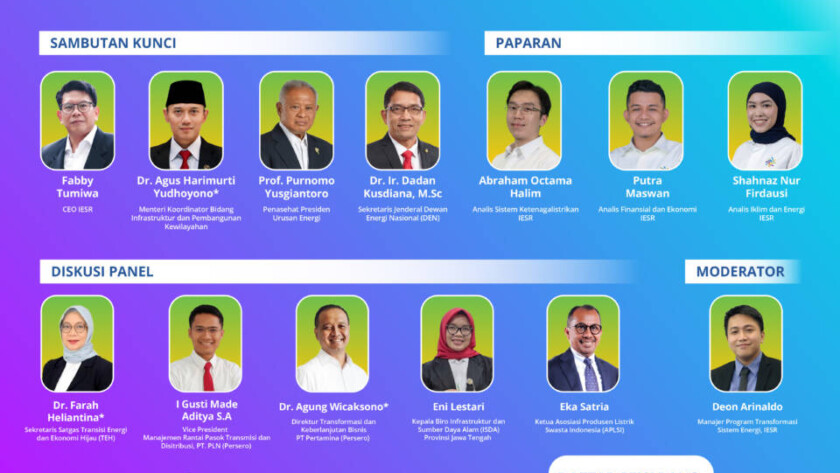
Replay Event
Background
The progress and development of the energy transition in Indonesia is specifically highlighted in one of IESR's flagship reports, launched annually at the end of each year: the Indonesia Energy Transition Outlook (IETO). Published since 2018, the IETO, formerly known as the Indonesia Clean Energy Outlook (ICEO), aims to regularly monitor…

Jakarta, July 14, 2025 - Human mobility is a consequence of a constantly evolving and growing economy. To meet the needs of each individual, various alternative land transportation modes are developing, especially in large cities like Jakarta and its agglomeration areas.
The transportation sector in Indonesia consumes 40% of the nation's fuel. Road and land…

Realizing a Low-Emission and Sustainable Transportation Strategy for a Progressive Indonesia by 2045
Jakarta, July 14, 2025 - The Prabowo-Gibran government is being urged to develop a low-emission and sustainable mobility strategy to realize its goal of becoming a developed nation by 2045 and achieving net-zero emissions (NZE) by 2060 or earlier. Without coordinated policies and planning, Indonesia is certain to face a surge in GHG emissions and…

Replay Event
Backgorund
Decarbonization of the transportation sector is an important strategy to achieve the net-zero target by 2060 or earlier and meet Indonesia's emission reduction target according to the Enhanced Nationally Determined Contribution. Based on the Indonesia Energy Transition Outlook 2025 (IETO 2025 ) report by IESR, in 2023 the transportation sector produced…
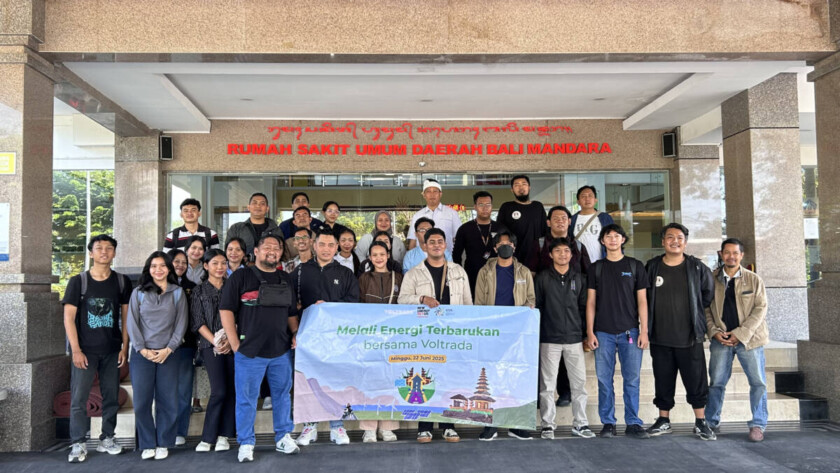
Denpasar, June 22, 2025 — A clear sky graced the morning in Batubulan Village, Gianyar Regency, where the Voltrada Bali Workshop was officially inaugurated. A neat lineup of electric vehicles stood ready to embark on a meaningful journey on Sunday (22/6/2025). The atmosphere was festive yet charged with enthusiasm during the Melali Energi Terbarukan…
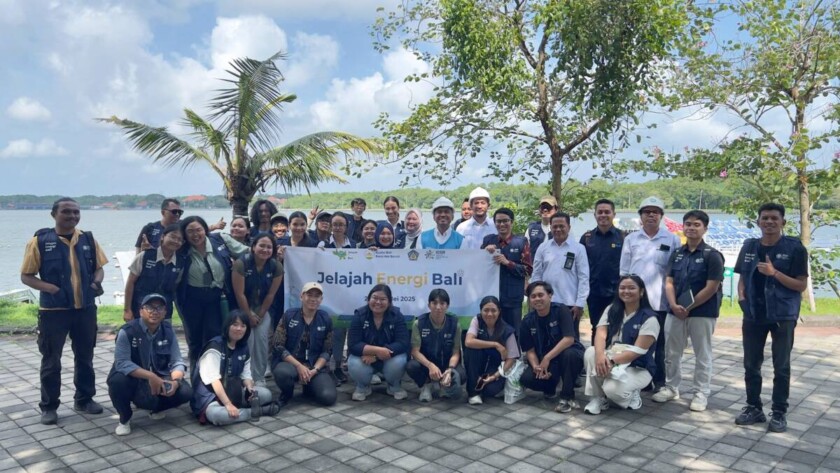
Denpasar, May 20, 2025 - In addition to its natural beauty, Bali has abundant renewable energy potential reaching more than 26 GW. With this potential, Bali has a great opportunity to meet its electricity needs entirely from renewable energy sources. However, until 2024, the realization of its renewable energy mix has only reached 1.48 percent,…
A South Korean consortium led by LG has decided to withdraw from a project to build an electric vehicle (EV) battery supply chain in Indonesia. Read more on Koran Jakarta.
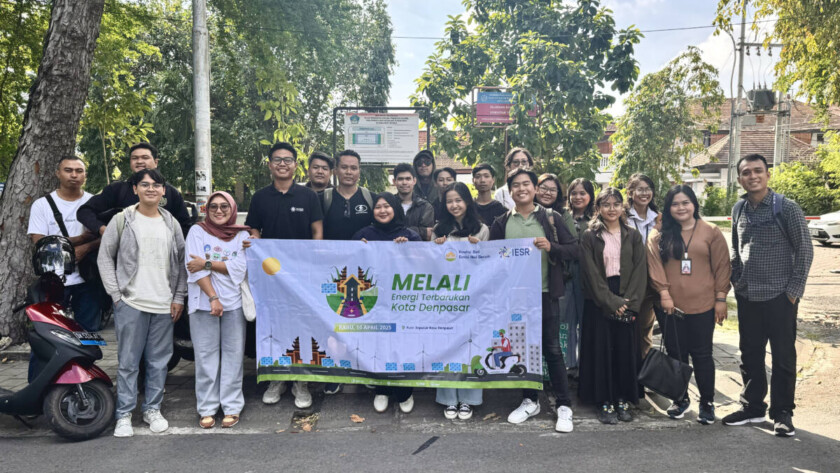
Denpasar, April 16, 2025 — As the main gateway to Bali and its cultural heart, Denpasar is widely known for its vibrant traditions and tourism appeal. Now, the city is gaining attention for a different reason: its growing commitment to clean energy. As the capital of Bali Province, Denpasar is positioning itself at the forefront…
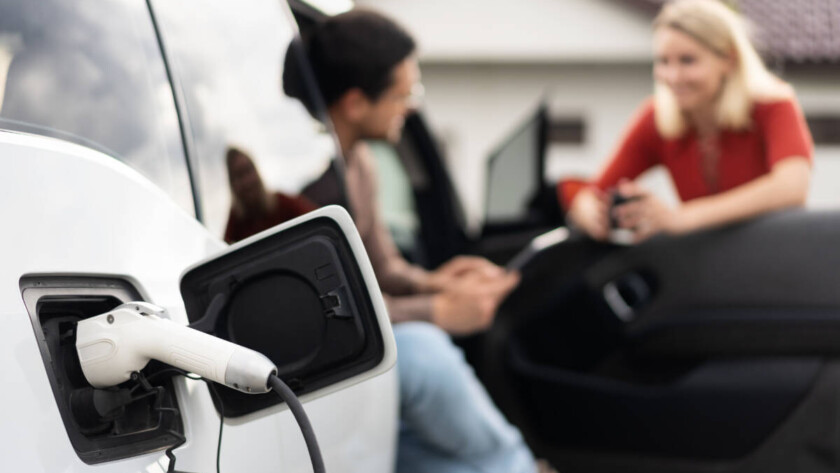
Jakarta, March 1, 2025 - The transportation sector is one of the biggest contributors to carbon emissions in Indonesia. Citing an IESR study, the sector is among the top three highest CO2 emitters in the country. Of the total transportation emissions, around 90 percent comes from land transportation, with passenger cars as the biggest contributor,…
